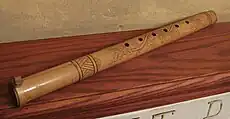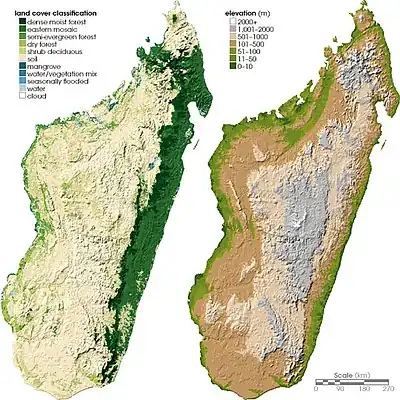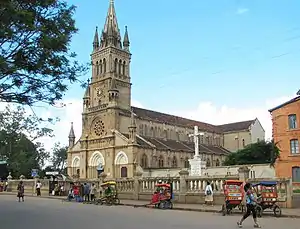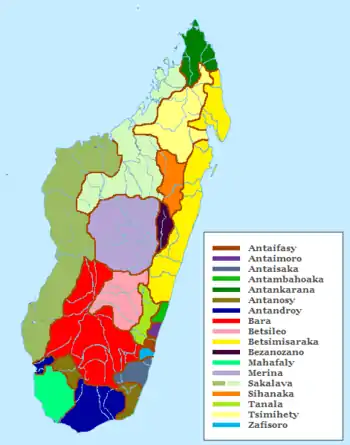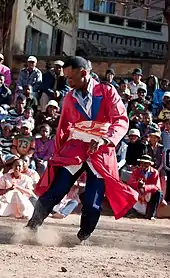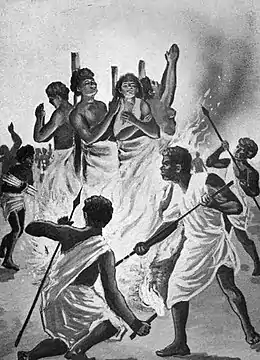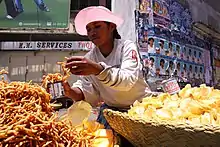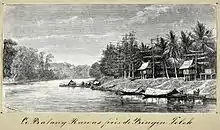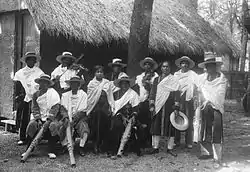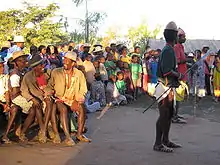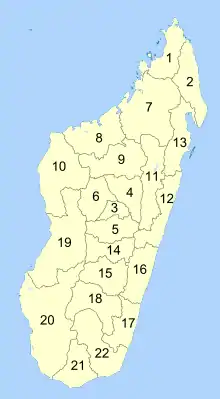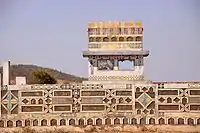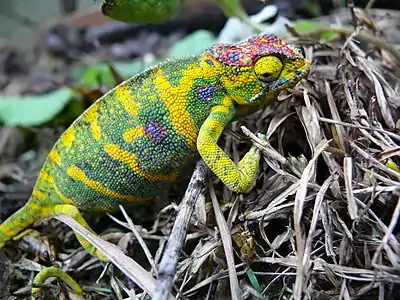The Madagascar Portal
Madagascar, officially the Republic of Madagascar, is an island country lying off the southeastern coast of Africa. It is the world's fourth largest island, the second-largest island country and the 44th largest country in the world. Its capital and largest city is Antananarivo. Madagascar consists of the island of Madagascar and numerous smaller peripheral islands. Following the prehistoric breakup of the supercontinent Gondwana, Madagascar split from Africa during the Early Jurassic, around 180 million years ago, and split from the Indian subcontinent around 90 million years ago, allowing native plants and animals to evolve in relative isolation; consequently, it is a biodiversity hotspot and one of the world's 17 megadiverse countries, with over 90% of wildlife being endemic. The island has a subtropical to tropical maritime climate. Madagascar was first settled during or before the mid first millennium AD by Austronesian peoples, presumably arriving on outrigger canoes from present-day Indonesia. These were joined around the ninth century AD by Bantu migrants crossing the Mozambique Channel from East Africa. Other groups continued to settle on Madagascar over time, each one making lasting contributions to Malagasy cultural life. Subsequently, the Malagasy ethnic group is often divided into 18 or more subgroups, of which the largest are the Merina of the central highlands. (Full article...)
| |||

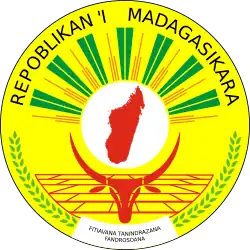






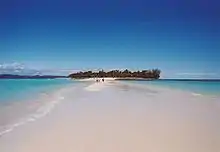
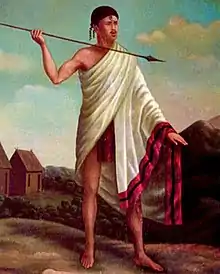

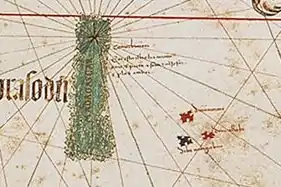



.jpg.webp)



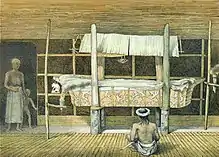

_Madagascar.jpg.webp)


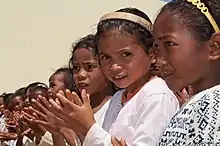
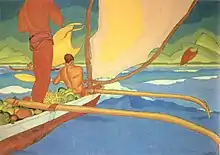
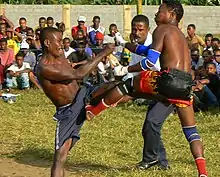
.jpg.webp)
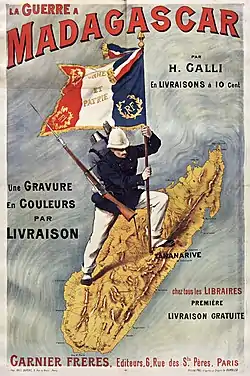
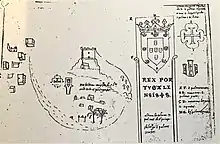

.jpg.webp)
